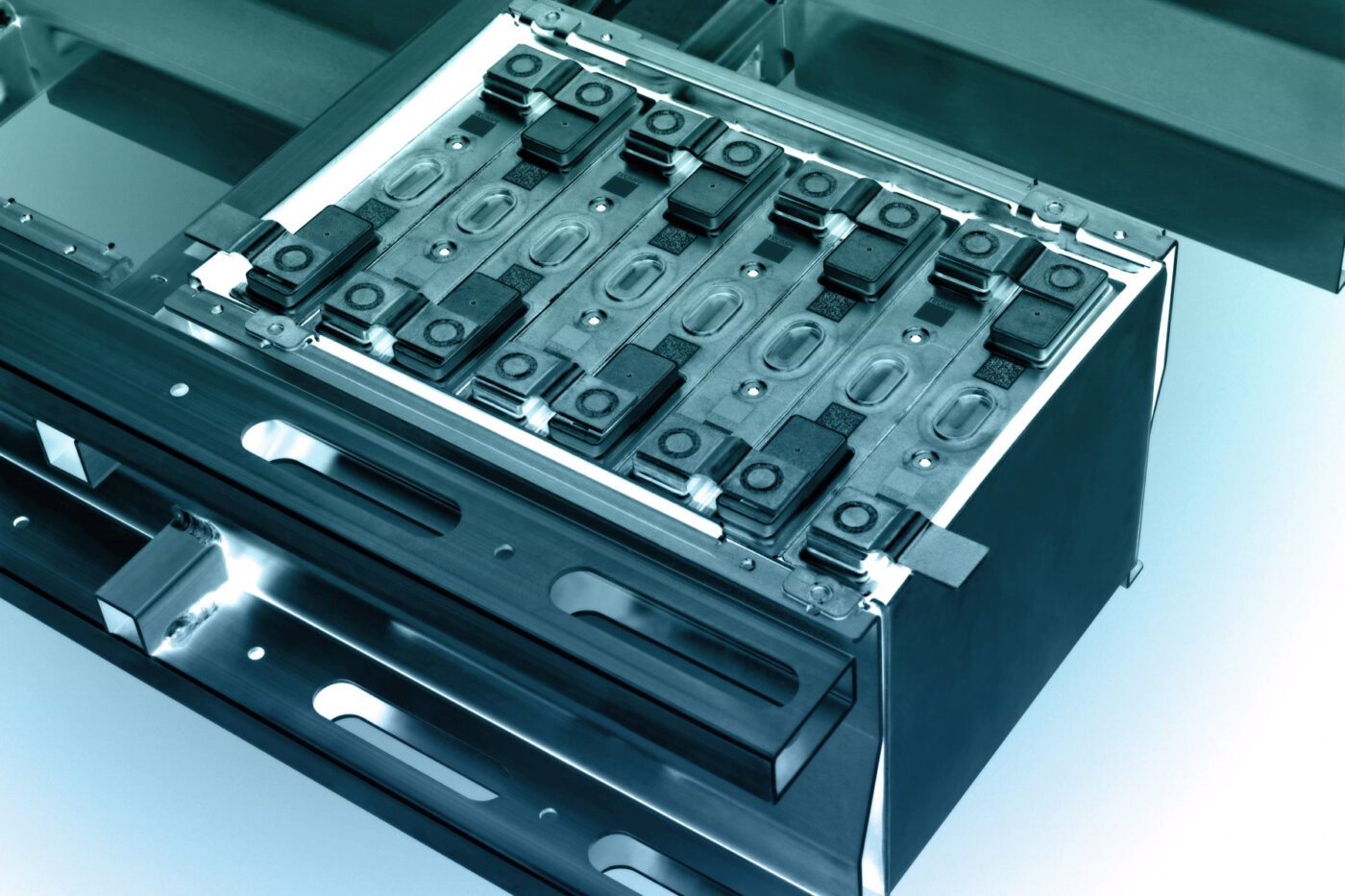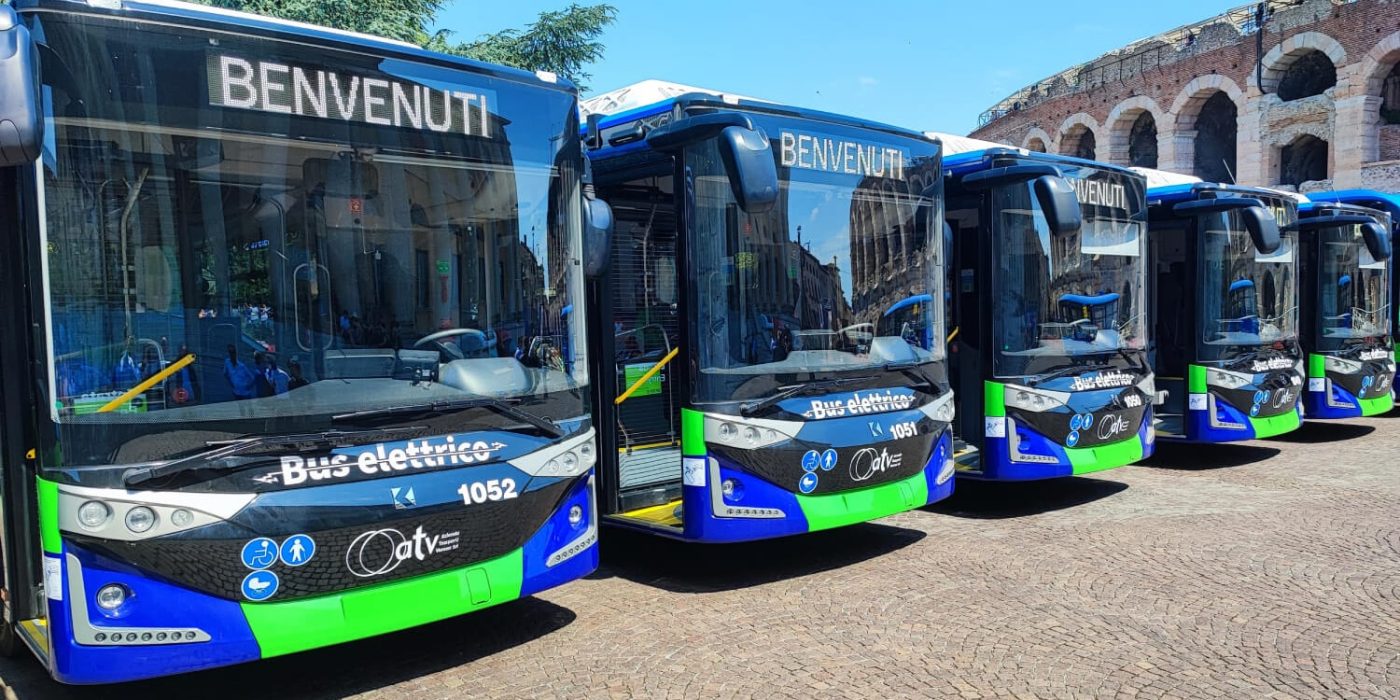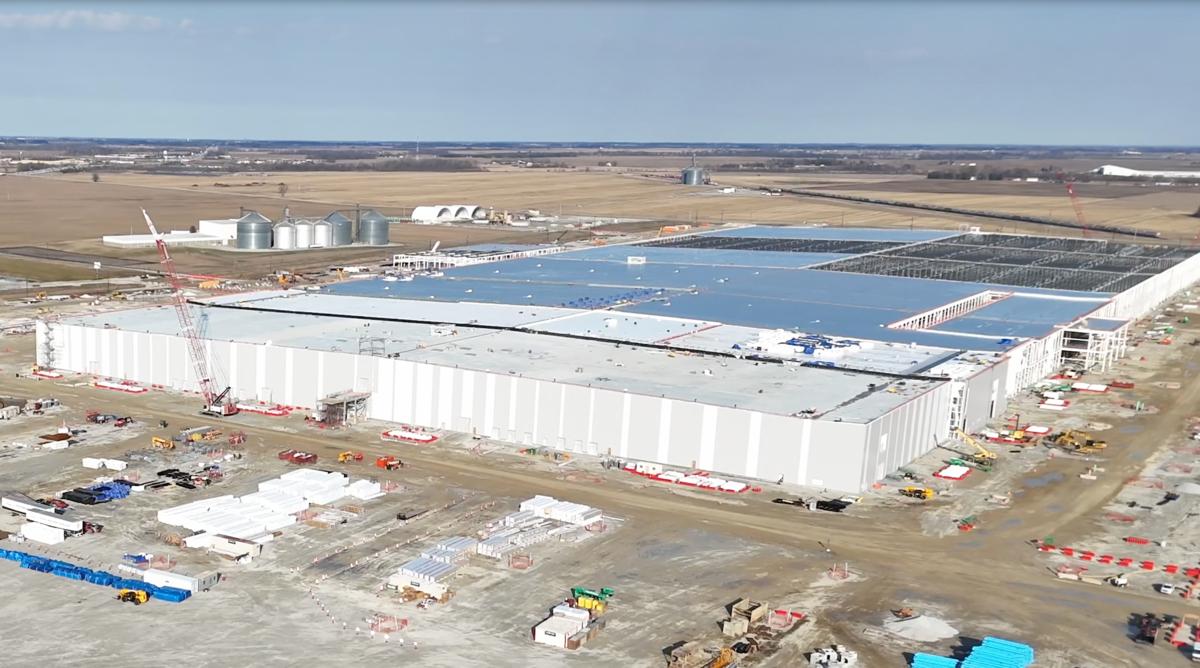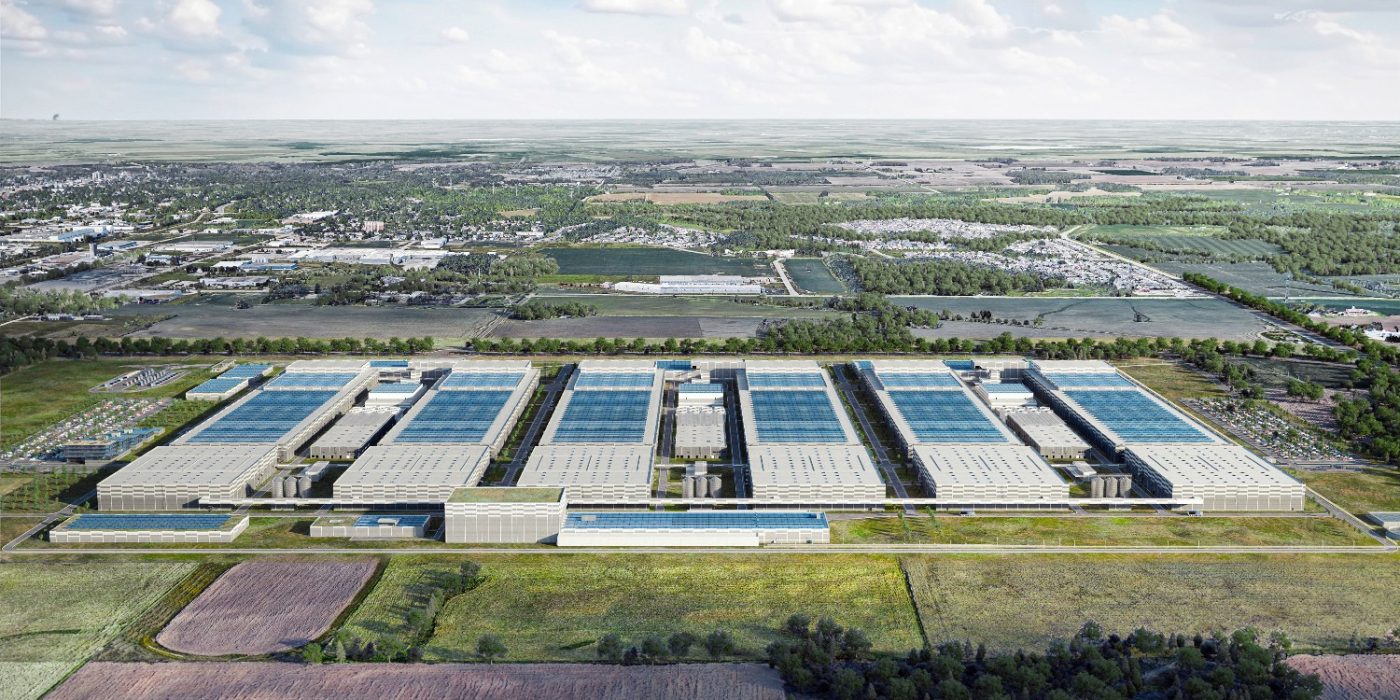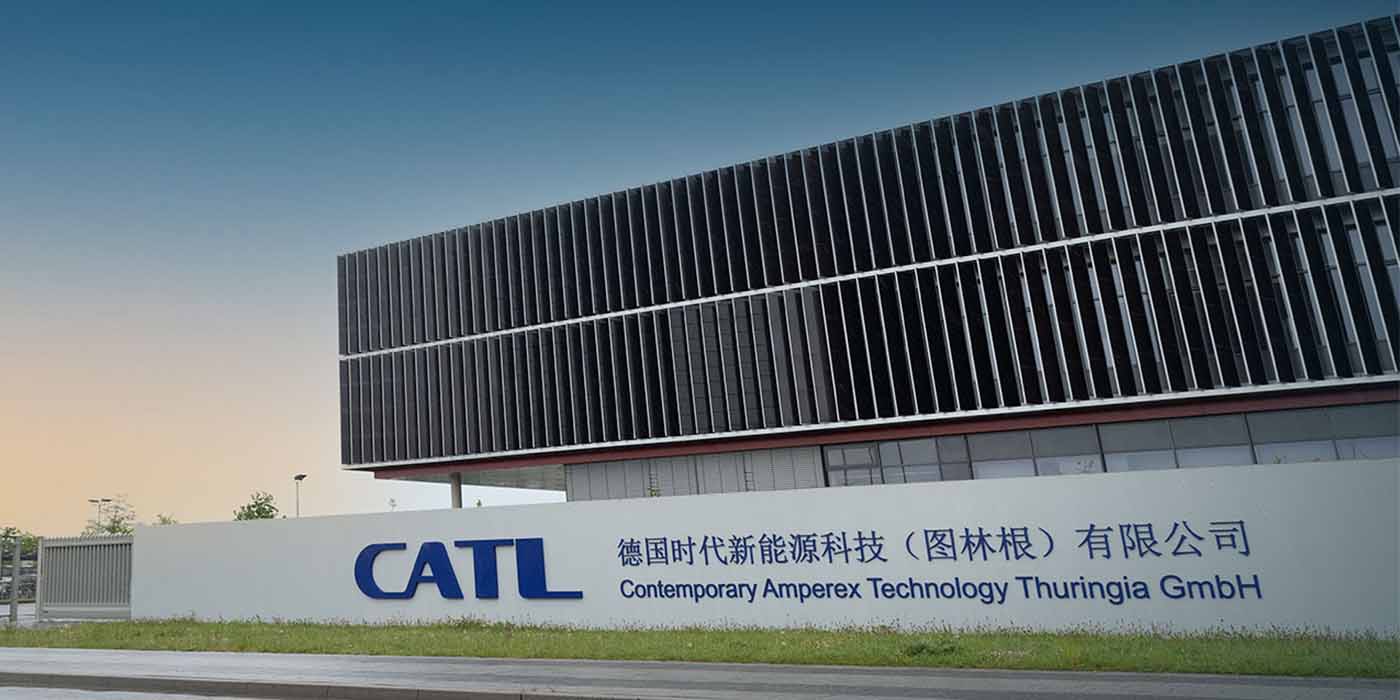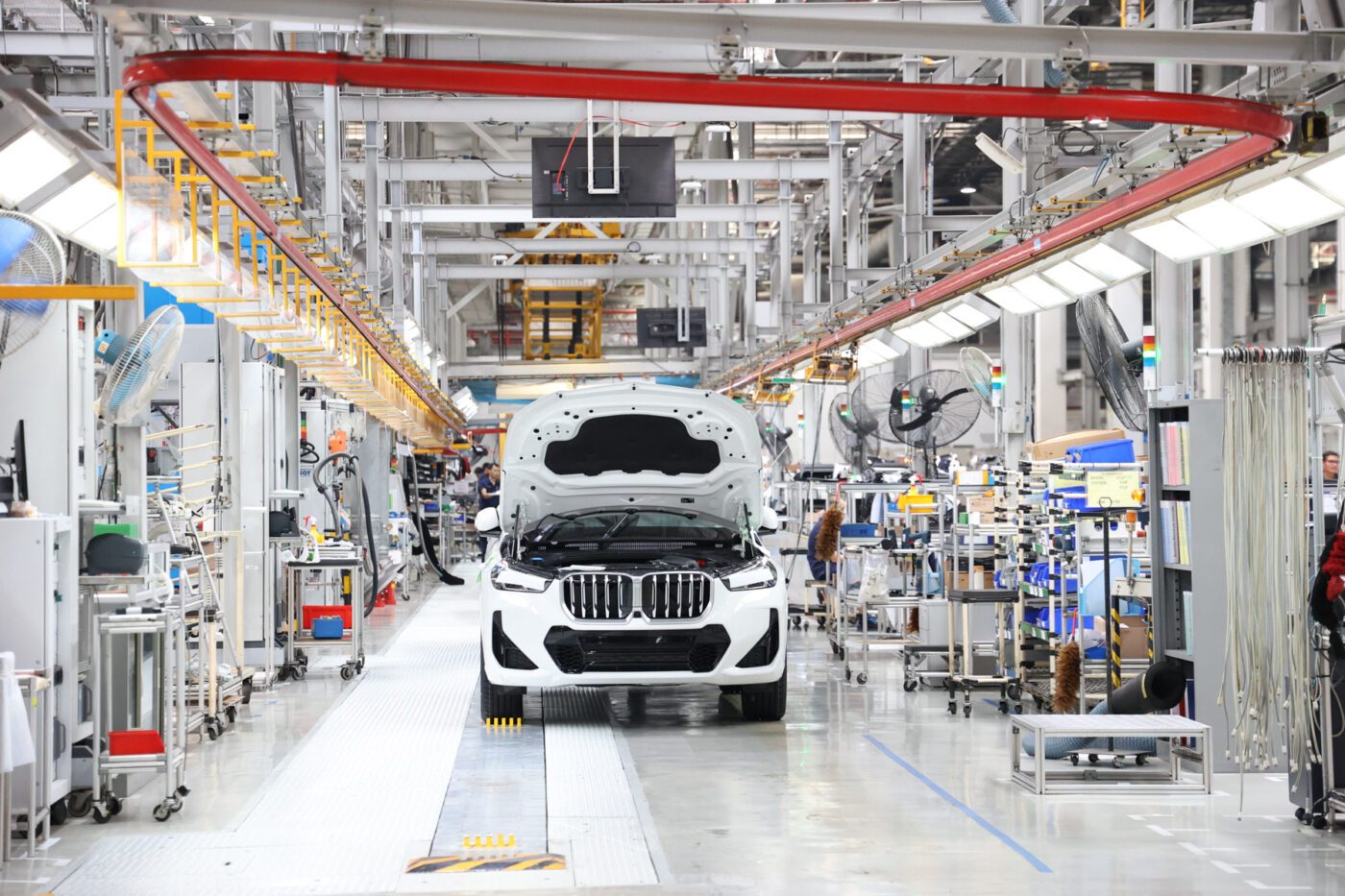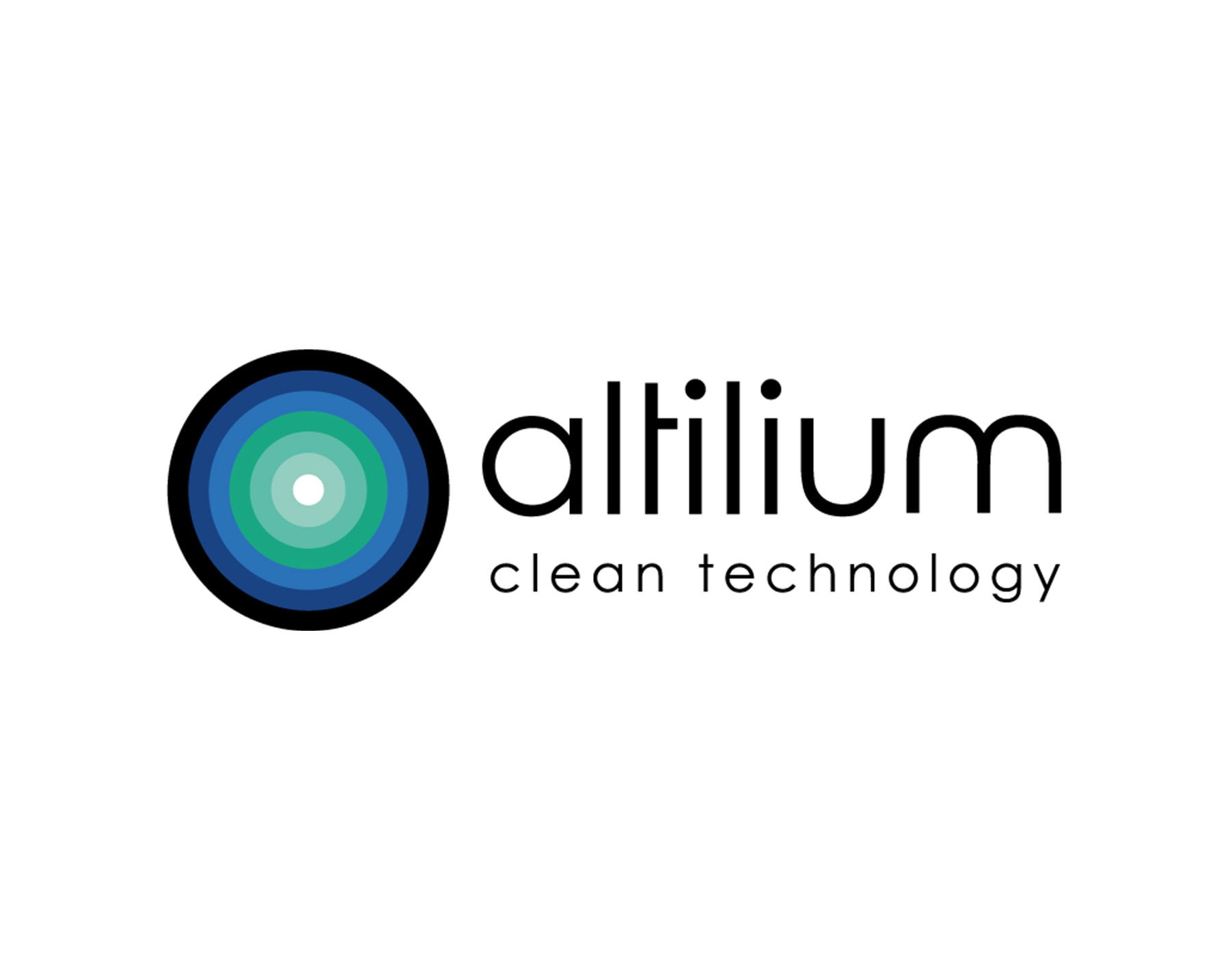In Germany, a development partnership known as XProLas has been initiated to investigate the use of compact X-ray sources to enhance the durability and performance of electric car batteries. Led by machine manufacturer Trumpf, the project involves collaboration from a network of 12 companies and institutes.
The XProLas partnership aims to produce the first demo systems by 2026. The systems under development are expected to allow manufacturers to monitor the charging and discharging of batteries in real-time and identify impurities in the battery with exceptional precision. Electric car battery manufacturers could utilize the compact X-ray sources being developed for X-raying batteries.
See also: BASF Unveils Restructuring Plans with Emphasis on Advancing Battery Business
In addition to Trumpf, Cellforce and BASF are involved in the project, along with Amphos, Active Fiber Systems, Bruker, Excillum, Ushio Germany, Viscom, the University of Hanover, and Fraunhofer Institutes in Aachen and Jena. The companies intend to integrate the project’s findings into the development of new batteries. Trumpf notes that the project’s analyses will enable manufacturers to improve the charging speed of electric car batteries.
The XProLas project addresses the challenge that, until now, such analyses could only be conducted using large particle accelerators over 100 meters long. The laser-driven X-ray sources being studied in the XProLas project are about the size of a mobile home and considerably cheaper to manufacture, making them ideal for industrial use, according to Trumpf.
See also: BASF and Tenova Collaborate to Develop Sustainable Battery Recycling Process
Another goal of the XProLas project is to develop a compact, high-brilliance X-ray source for analyzing cathode material. Trumpf, the project leader, explains that the exact composition of the cathode material can only be determined using X-rays. The project partners aim to replace large-scale research facilities with more compact, laser-driven versions in this application area, enabling manufacturers of cathode material to accelerate their development work.
The multi-partner development project is supported by the Federal Ministry of Education and Research (BMBF) with a research budget of around 15 million euros.

